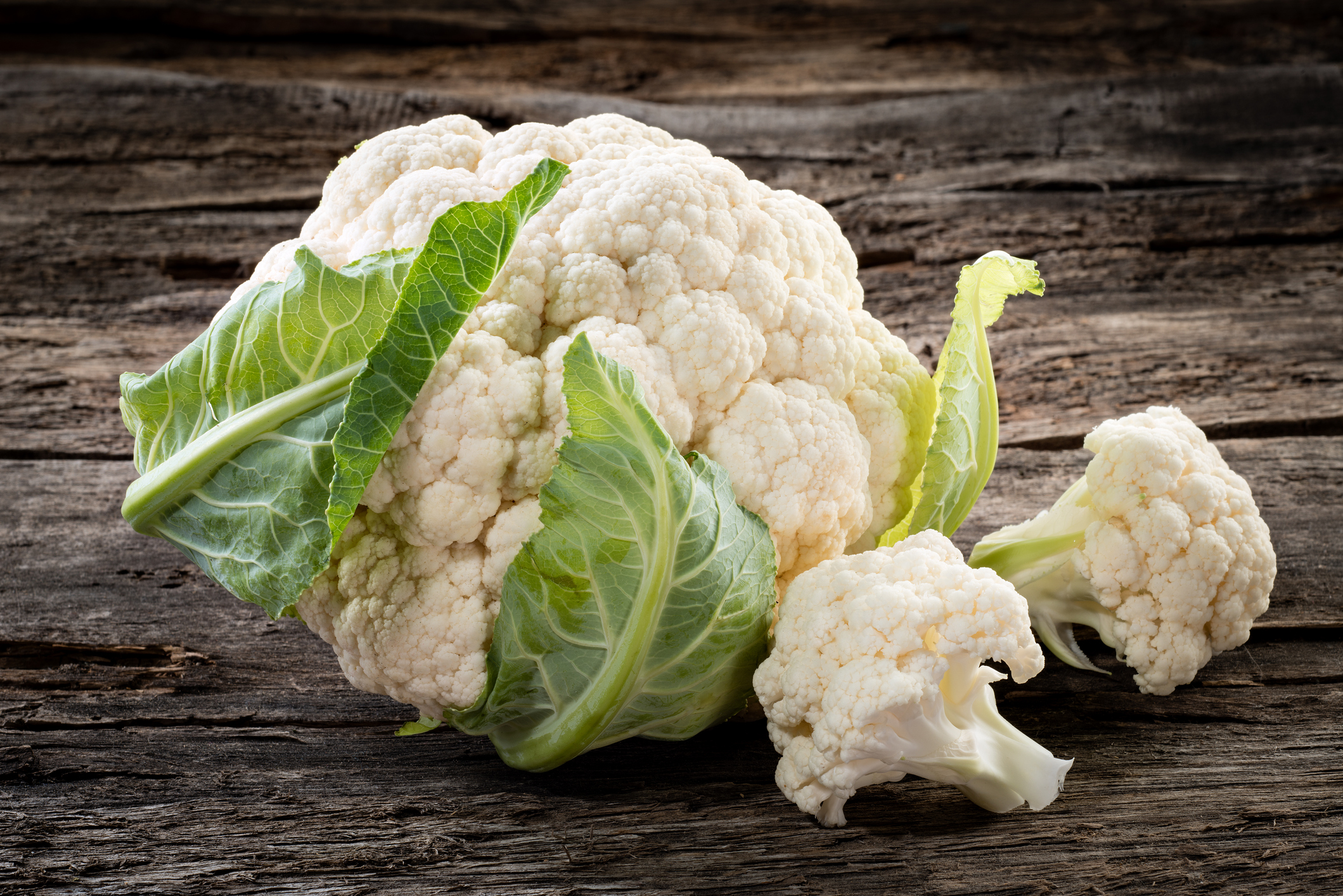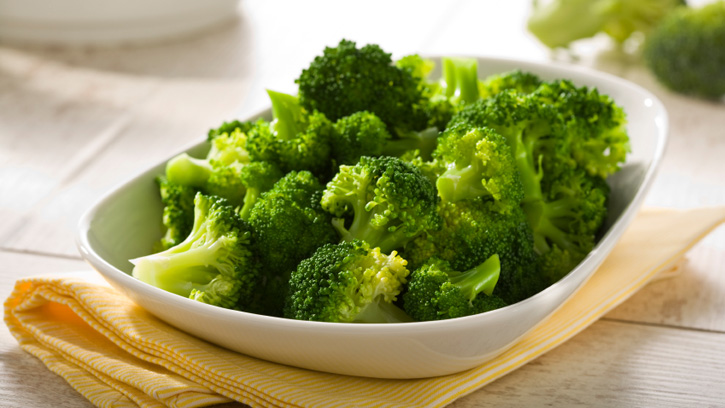
You can’t ignore cauliflower. Seriously!
Besides being a tasty and delicious vegetable, cauliflower is rich in lots of ways and is very beneficial for overall health.
Cauliflower is a cruciferous vegetable. It’s a member of the mustard family (Brassicaceae), alongside its well-known counterparts, broccoli, Brussels sprouts, kale and radishes.
The former family name Cruciferae is derived from “crucifer” or cross, in reference to the cross formed by the four petals. The family name Brassicaceae is derived from the type genus Brassica.
The word “cauliflower” stems from Latin, meaning “flowers of cabbage” and this low-growing plant does look similar to cabbage. Cauliflowers form a compacted head of undeveloped white flower buds called the “curd”.
The principal Brassica vegetable species is B. oleracea which includes different headed and non-headed cabbages. The cultivars of B. oleracea are grouped, based on morphology and developmental forms, into seven major cultivar groups. They may be used fresh as a salad, fresh or dried as a spice, cooked, fried, baked, or fermented.
Different Brassicaceae species, in addition to their culinary use, have been extensively used in traditional medicine from ancient times to the present day.
6 key attributes of cauliflower:
- It’s a superb source of your B vitamins including B1 (thiamine), B2 (riboflavin), B3 (niacin), B5 (pantothenic acid), B6 (pyridoxine) and B9 (folic acid).
- It contains omega-3 fatty acids and vitamin K – both important for good heart, blood and bone health.
- It is also a good source of the minerals – phosphorus and potassium – both essential for the proper functioning of the body.
- It is a very good source of vitamin C and manganese, which are both powerful antioxidants. A single cup serving of cauliflower has at least 73% of the recommended daily amount of vitamin C, which helps arrest inflammation. Obesity, smoking, excessive alcohol intake, and sedentary lifestyles are all associated with inflammation.
- The other antioxidants found in cauliflower include beta-cryptoxanthin, quercetin, rutin, kaempferol, cinnamic acid, caffeic acid, and ferulic acid. May protect your cells against free radicals, which may play a role in heart disease, cancer and other diseases.
- Fibre rich. A medium cauliflower head contains approx 12 grams of fibre and supports digestive health, promotes bowel regularity, and feeds beneficial bacteria in the gut tied to anti-inflammation, immunity, and mood.
It’s pretty obvious why you can’t ignore cauliflower – it should be a staple ingredient in your weekly shop. Check out some of our recipes below – you can see how versatile a vegegetable cauliflower is.
Cauliflower recipes
- Cauliflower Hash Browns
- Shepherd’s Pie with Broccoli & Cauliflower
- Curried Chicken And Cauliflower Bake
- Curried Cauliflower Soup
- Cauliflower Masala
- Cauliflower Buffalo Bites



